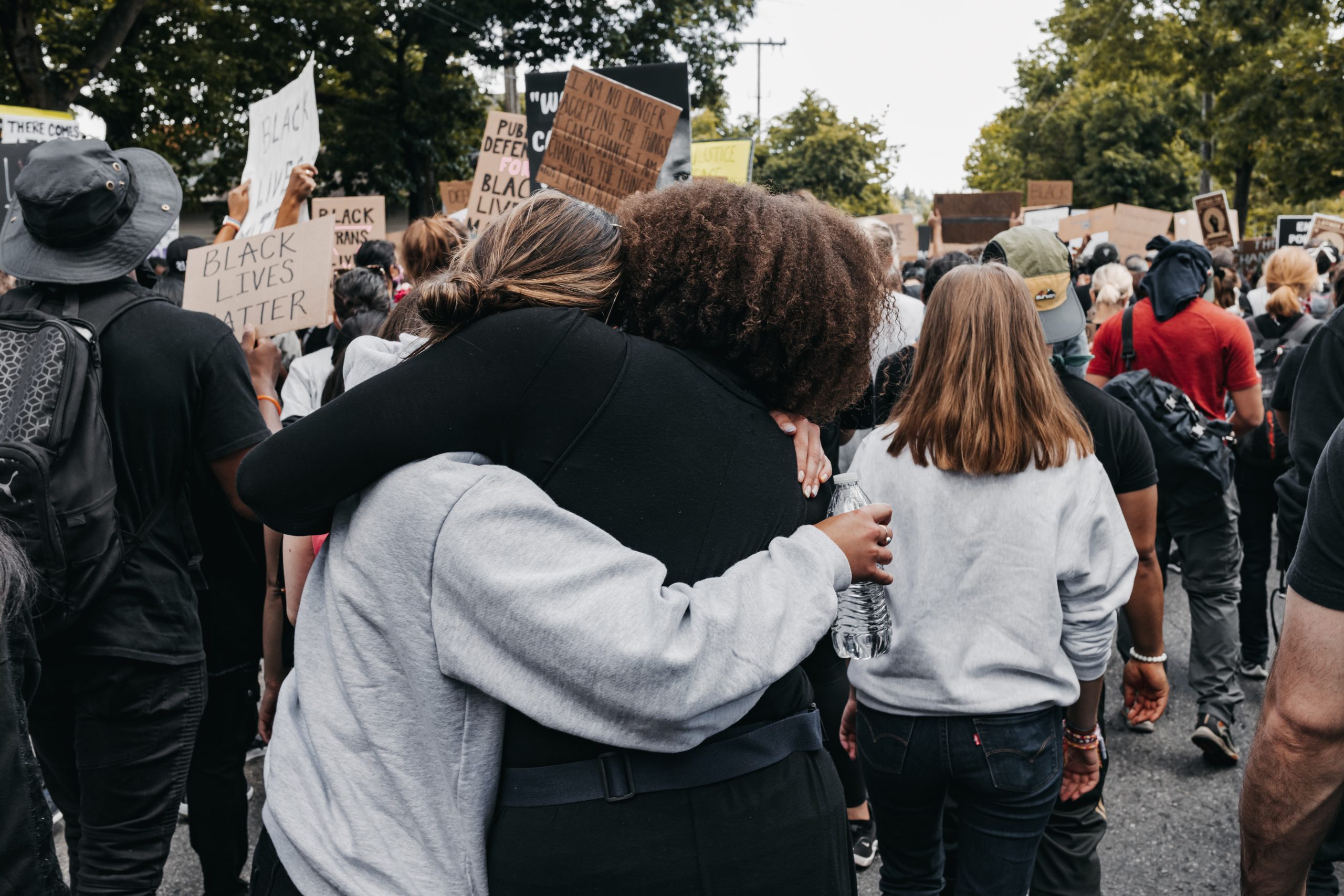Introduction: Fashion has long been a powerful force in society, influencing not only what we wear but also how we perceive ourselves and others. Throughout history, various trends and garments have come and gone, but few have had such a significant impact on women’s bodies as corsets. This article explores the rise and fall of corsets and delves into the ways in which fashion has shaped women’s bodies.
- The Birth of Corsets: A Symbol of Status and Femininity a. Origins in Ancient Times: The concept of shaping the female form is not new, with corset-like garments appearing in ancient civilizations such as Greece and Rome. b. Renaissance and Baroque Era: Corsets emerged as a popular garment during the Renaissance and Baroque era, emphasizing the hourglass figure and defining a woman’s waistline. c. Social Significance: Corsets were not just fashion statements; they symbolized a woman’s social status, femininity, and adherence to societal expectations.
- The Reign of the Victorian Corset: The Ideal Hourglass Figure a. Extreme Restriction: In the 19th century, the Victorian era saw the corset reach its peak in terms of popularity and tightness. Women laced themselves into corsets, achieving incredibly small waistlines but enduring discomfort and health risks. b. Idealized Feminine Silhouette: The Victorian corset emphasized an exaggerated hourglass figure, with a tiny waist and an emphasis on the bust and hips. c. Beauty Standards and Social Constraints: Corsets reinforced the idealized female form, dictating societal beauty standards and limiting women’s mobility, leading to debates about women’s rights and bodily autonomy.
- The Progressive Era: The Decline of Corsets and the Rise of Reform a. The Changing Status Quo: The early 20th century witnessed a shift in societal attitudes, with growing concerns over women’s health and the restrictive nature of corsets. b. The Rise of Reform Movements: Women’s suffrage, health reform, and the advent of new fashion ideals contributed to the decline of corsets. c. Practicality over Fashion: As women gained more independence and participated in activities such as sports and work, practicality and comfort became more important than adhering to strict beauty standards.
- Liberation and Body Positivity: Embracing Natural Forms a. The 1960s and 1970s: Fashion embraced a more relaxed and natural look, rejecting the rigid constraints of corsets and celebrating diverse body shapes. b. Body Positivity Movement: In recent years, the body positivity movement has gained momentum, advocating for self-acceptance and celebrating bodies of all shapes and sizes. c. Embracing Individuality: Modern fashion focuses on individual expression, allowing women to define their own beauty standards and embrace their natural forms.
Conclusion: The rise and fall of corsets epitomize the transformative power of fashion and its influence on women’s bodies. From symbols of social status and femininity to restrictive garments that limited mobility and comfort, corsets have played a significant role in shaping societal beauty standards. However, as time progressed, society’s perception of beauty shifted, embracing diversity and individuality. Today, women are encouraged to celebrate their natural forms, fostering body positivity and empowering individuals to define their own standards of beauty. Fashion continues to evolve, reflecting changing societal values and offering new opportunities for self-expression.




